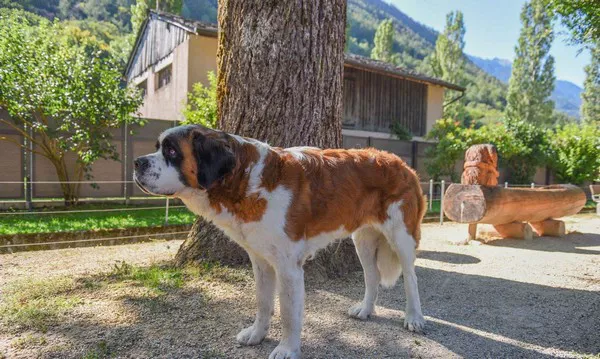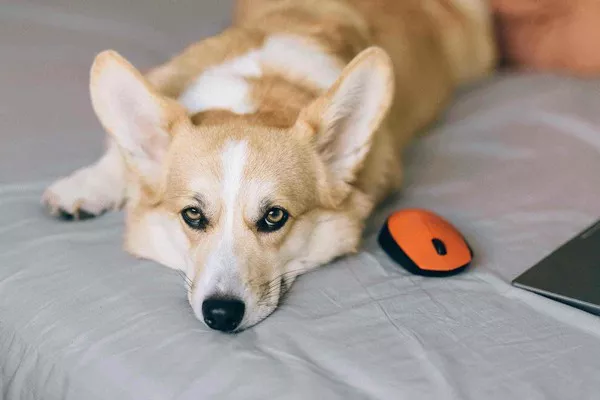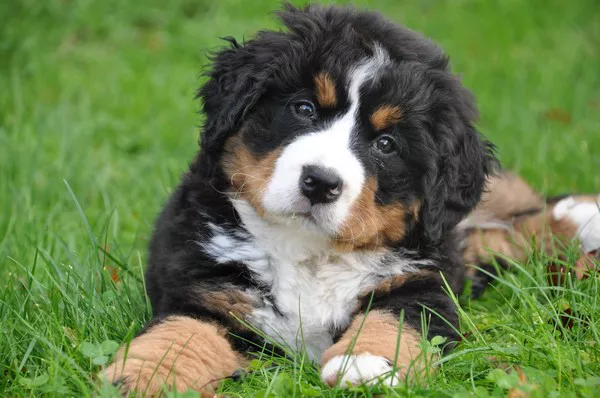The Chow Chow is a distinctive and ancient breed with a rich history and a unique appearance. Known for its lion-like mane and blue-black tongue, the Chow Chow has been a beloved companion for centuries. This article explores the various roles and uses of Chow Chow dogs, delving into their characteristics, historical significance, and the ways in which they have served humans over the years.
Characteristics of the Chow Chow
The Chow Chow is easily recognizable due to its distinctive physical traits. These characteristics have made it both a companion animal and a working dog throughout history.
Appearance
One of the most striking features of the Chow Chow is its thick, double coat, which can be either smooth or rough. The coat gives the breed a lion-like appearance, especially around the neck and shoulders. This dense fur was originally developed to protect the Chow Chow from harsh weather conditions in its native China. The breed’s blue-black tongue is another unique trait, setting it apart from other dog breeds.
Chow Chows are medium-sized dogs with a sturdy and compact build. They have a broad head, deep-set eyes, and a distinctive scowl that can give them a somewhat aloof expression. Their tail is bushy and curls over their back, adding to their distinctive look.
Temperament
Chow Chows are known for their independent and reserved nature. They are not typically as overtly affectionate as some other breeds but can form strong bonds with their families. Their loyalty and protective instincts make them excellent guard dogs. Despite their sometimes aloof demeanor, Chow Chows are intelligent and can be trained to follow commands and perform tasks.
Health and Care
Chow Chows require regular grooming to maintain their coat and prevent matting. Their thick fur can be prone to tangles, so regular brushing is essential. Additionally, due to their unique physical characteristics, such as the deep-set eyes and brachycephalic face, they can be prone to certain health issues, including eye problems and breathing difficulties. Routine veterinary check-ups and a well-balanced diet are crucial for their overall well-being.
Historical Background and Cultural Significance
The Chow Chow’s history is deeply intertwined with Chinese culture, where it has served various roles throughout the centuries.
Origins
The exact origins of the Chow Chow are somewhat shrouded in mystery, but it is believed to be one of the oldest dog breeds in existence. Evidence suggests that the breed dates back over 2,000 years, with historical records and artifacts depicting dogs that closely resemble modern Chow Chows. They were used in ancient China for a variety of purposes, including hunting and guarding.
Cultural Roles
In ancient China, the Chow Chow was highly valued for its versatility. They were used as hunting dogs to track and corner game, including large animals like bears. Their keen sense of smell and agility made them effective hunters in the rugged terrain of China’s northern regions.
Chow Chows also played a role in guarding properties and livestock. Their imposing appearance and natural protective instincts made them well-suited for guarding homes and other valuable assets. The breed’s loyalty and alertness ensured that they were effective in deterring intruders.
In addition to their practical uses, Chow Chows have also been featured in Chinese art and literature, highlighting their cultural significance. Their unique appearance and storied history have made them a symbol of status and prestige in various Chinese dynasties.
Modern Uses and Roles
In contemporary times, the roles of Chow Chow dogs have evolved, though they still retain many of their traditional traits.
Companion Animals
Today, the most common role for Chow Chows is that of a companion animal. They are cherished for their distinctive appearance and loyal nature. Their independent streak means they can be content with a moderate amount of interaction, making them well-suited for people who appreciate a more reserved pet. Chow Chows thrive in environments where they are treated with respect and given proper care.
Guard Dogs
Despite their primary role as companion animals, Chow Chows still retain their guarding instincts. They are naturally protective of their families and can serve as effective watchdogs. Their presence alone can deter potential intruders, and their alertness ensures that they are always aware of their surroundings.
See Also: Why is My Chow Chow Not Fluffy?
Show Dogs
Chow Chows are also popular in the dog show circuit. Their unique appearance, combined with their storied history, makes them a favorite among breeders and enthusiasts. They are often shown in various dog shows and competitions, where their distinct features and grooming are showcased.
Therapy and Assistance Roles
While not as common as some other breeds, Chow Chows can also serve in therapy and assistance roles. Their calm demeanor and ability to form strong bonds with their owners make them suitable for emotional support tasks. They can provide comfort and companionship to individuals in need, though their reserved nature may limit their effectiveness in some therapy settings.
Training and Socialization
Training and socialization are crucial for any breed, including the Chow Chow. Their independent nature means that early socialization and consistent training are essential to ensure they become well-rounded pets.
Early Socialization
Introducing Chow Chows to various environments, people, and other animals at an early age helps them develop a balanced and adaptable temperament. Socialization can prevent behavioral issues and ensure that they grow up to be confident and well-behaved adults.
Training Techniques
Training a Chow Chow requires patience and consistency. Positive reinforcement methods work best, as Chow Chows respond well to rewards and praise. Due to their independent nature, training sessions should be kept engaging and varied to maintain their interest.
Chow Chows are intelligent and can learn commands and tasks with proper guidance. However, their stubborn streak means that training should be approached with understanding and persistence.
Challenges and Considerations
Owning a Chow Chow comes with its own set of challenges and considerations. Understanding these can help prospective owners provide the best care for their pets.
Grooming Needs
The Chow Chow’s thick coat requires regular grooming to prevent matting and maintain its health. This includes brushing several times a week and occasional baths. Their grooming needs can be time-consuming, but they are essential for preventing skin issues and ensuring the dog’s comfort.
Health Considerations
Chow Chows are prone to certain health issues, including hip dysplasia, eye problems, and respiratory issues. Regular veterinary check-ups and a healthy diet can help manage these risks. Prospective owners should be aware of these potential health concerns and be prepared to address them.
Space and Exercise Requirements
While Chow Chows do not require extensive exercise, they still need regular physical activity to stay healthy. Daily walks and playtime are important to keep them physically and mentally stimulated. They are adaptable to various living situations, including apartments, as long as their exercise and mental stimulation needs are met.
Conclusion
The Chow Chow is a breed with a rich history and a range of uses that have evolved over time. From its origins as a versatile working dog in ancient China to its current role as a beloved companion animal, the Chow Chow has proven to be a valuable and adaptable breed. Its unique appearance, combined with its loyal and independent nature, makes it a fascinating breed with much to offer. Whether serving as a guard dog, a show dog, or simply a loyal friend, the Chow Chow continues to be a cherished member of the canine world.
Related Topics:

























